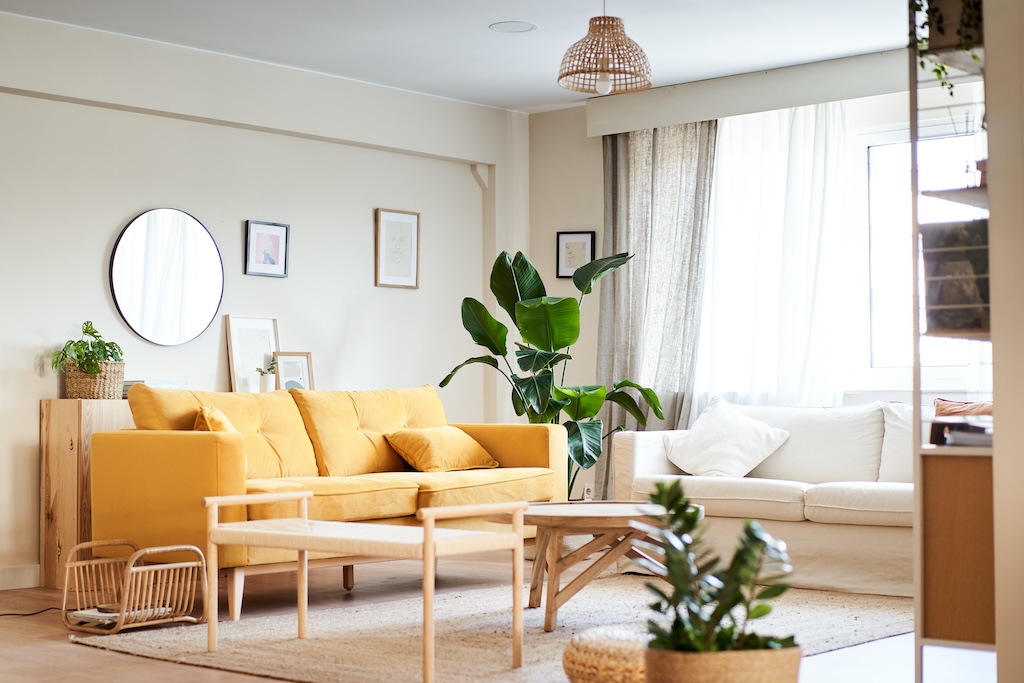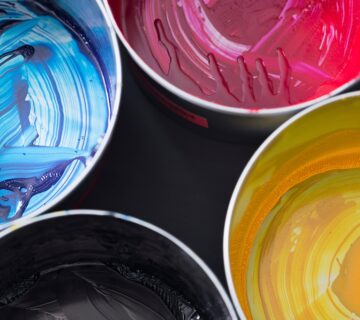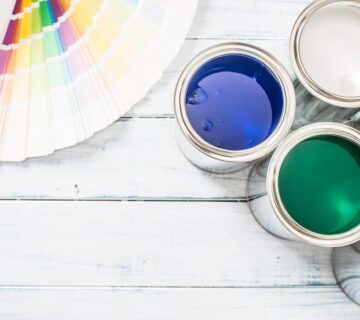Selecting the perfect paint color for your home’s interior is a critical decision in home design. While personal taste and style are paramount, there’s another factor that plays a crucial role in your choice: light. Light, both natural and artificial, can dramatically alter the appearance of paint colors on your walls. Understanding the role of light is essential in choosing colors that will enhance the beauty and functionality of your space. In this blog, we delve into how light affects paint colors and how to use this knowledge to make informed decisions, ensuring that the hues you choose will stand the test of time and light.
The Impact of Natural Light
Natural light is a dynamic and powerful element that changes throughout the day and with the seasons. It can significantly impact how paint colors look in your home. Rooms with north-facing windows receive less direct sunlight and can make colors appear cooler and more muted. In contrast, south-facing rooms get ample sunlight, which can intensify colors, making them appear brighter and more vibrant. Additionally, the geographical location of your home can affect the quality of natural light, with regions closer to the equator receiving a higher intensity of light.
East and west-facing rooms experience variations in light throughout the day. East-facing rooms get bright morning light, which brings out the warmth in colors. Conversely, west-facing rooms receive the evening light that can cast a warm glow, enhancing rich and vibrant hues. Therefore, it’s beneficial to observe these rooms at different points to truly understand the play of light and therefore, select a color that will be complementary at all times.
Considering Artificial Light
Influence of Indoor Lighting
Artificial lighting also affects how paint colors are perceived. The type of bulbs you use – whether incandescent, fluorescent, LED, or halogen – can alter the appearance of your paint. Incandescent lights tend to bring out warm tones, making reds, oranges, and yellows more vivid, while muting blues and greens. Fluorescent lighting, on the other hand, enhances cool colors and can make warm colors appear dull. Therefore, it’s crucial to choose the type of artificial light that complements your chosen paint color.
Combining Natural and Artificial Light
In rooms that use a mix of natural and artificial light, consider how these light sources interact at different times of the day. Observe the room under various lighting conditions to understand how the color might shift and change. This can be particularly important in multi-functional spaces that are used both day and night, ensuring that the color ambiance fits the use of the room at any given time.
Testing Paint Colors
Importance of Paint Samples
To truly understand how light will affect a paint color in your space, testing is key. Paint large swatches on different walls in the room to see how the color looks under varying light conditions. This approach is much more effective than relying on paint chips or small samples. Also, it is advisable to live with the swatches for a few days to see how your perception of the color may change with your mood and the weather.
Observing at Different Times
View the test swatches at different times of the day and evening to gauge how both natural and artificial light affect the color. This will give you a realistic idea of how the paint will look under all lighting conditions. Pay attention to both the intensity and the angle of light, as they can both play significant roles in the appearance of the paint color.
Light Reflectance Value (LRV)
Another tool at your disposal is the Light Reflectance Value (LRV) of paint. LRV measures the percentage of light a paint color reflects. Lighter colors have higher LRVs and can make a room feel more open and airy, while darker colors have lower LRVs and can create a cozier feel. Consider the LRV in relation to the amount and type of light your room receives, and how it contributes to the visual temperature and spatial perception of the room.
Final Thoughts
Light plays a pivotal role in interior paint color selection. By understanding and considering the effects of both natural and artificial light, you can choose colors that will truly enhance and complement your living spaces. Remember, the same color can look different from one room to another, and at different times of the day, due to light’s transformative effects. For more insights into choosing the right paint colors and other interior design tips, visit our website at sisupainting.com and explore our blog at sisupainting.com/blog.





No comment